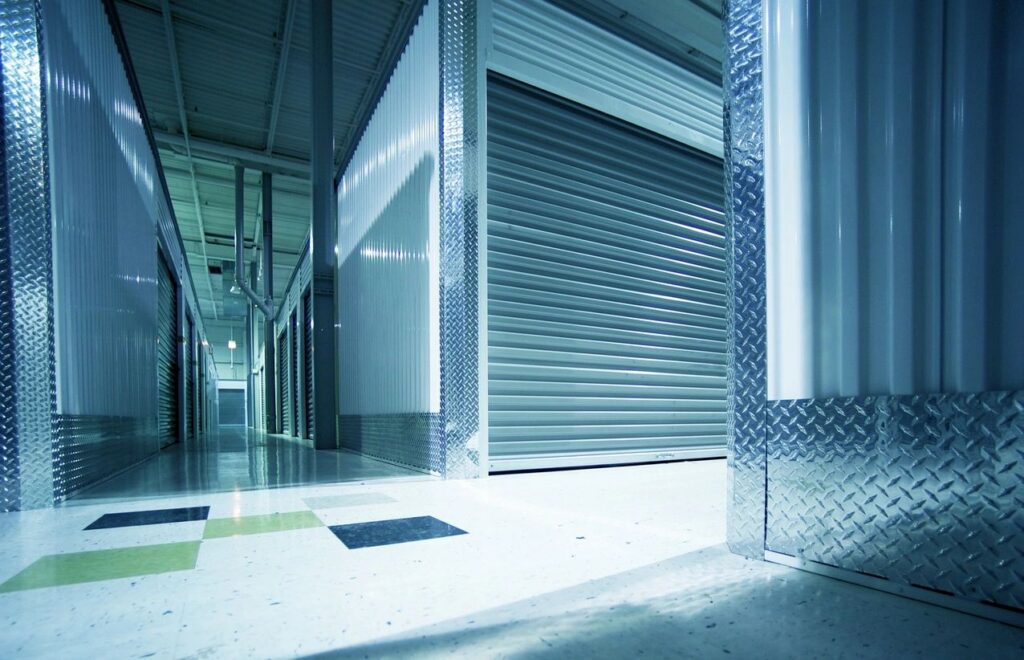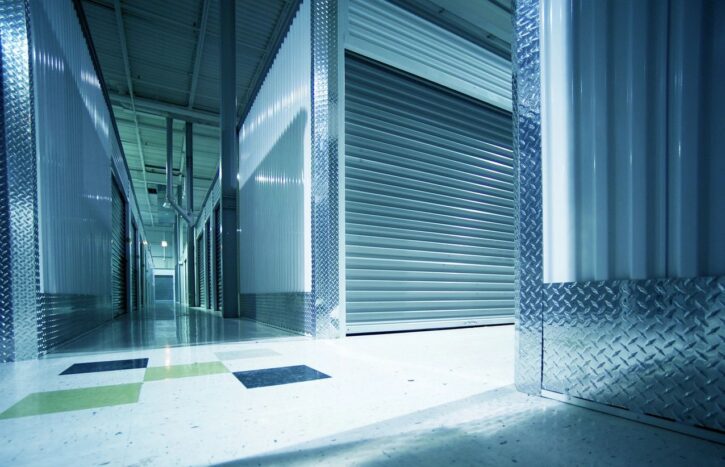
7 Things to Consider When Designing a Cold Storage Facility
A cold storage facility is an integral part of the supply chain, but different products requiring alternative conditions can be challenging to accommodate. If you’re designing a cold storage facility, first look into cold storage construction services and read these 7 fundamental aspects of the process.
1. Type
The purpose of your cold storage facility is vital to consider before you start any other part of the design phase. There are several different types of cooling chambers:
- Pre-cooling – Pre-cools products from 0 to 8 C
- Cold storage – Ideal for cold storage products from 1 to 14 C
- Frozen storage – Preserves frozen products from -18 to -24 C
- Blast freezing – -35 to -45 C
Consider your product type and consult with cold storage experts to determine what type of storage/cooling suits your needs. Choosing the wrong temperature can decrease the shelf life of the products significantly.
2. Design
Of course, you should pay attention to the design of your cold storage facility for the best efficiency for your needs. Different cold storage facilities are better for various businesses, but you want to pair sensible budgeting with essential services.
For example, it’s ideal that your cold storage facility has thick insulation if you need your stored items to be deeply frozen. On the other hand, a standard cool room is well-suited for different product varieties, such as the storage of produce.
Another design element you may not have considered is the floor. If you build a cold storage facility with traditional flooring, it may freeze over, allowing ice to build up on the surface. Not only is this impractical, but it’s also hazardous. As such, you should choose a refrigeration system and a floor heating system to keep the floor safe.
Lastly, your door design is essential. Ensure your prospective door is the proper shape, size, and thickness for your needs so that cold air isn’t able to escape.
3. Refrigeration
Another essential aspect of a cold room is the refrigeration system. While it may seem obvious that you need a sound cooling system to keep your products cold, some designs may be more appropriate for your needs than others. A simple clip-on refrigeration system, for example, houses both the condenser and evaporator in the same housing to create a single climatized housing space, ideal for the storage of a single product to allow for uniform temperature.
On the other hand, if you need different temperatures throughout your facility, a remote condensing system is better, separating the evaporator and condensing into two housing spaces. A remote condensing system is also better if you need to refrigerate a larger area.
4. Location
One important factor when designing a cold storage facility is the facility’s location. If you build the facility closer to your production line, you can significantly minimize transportation costs. Similarly, if your cold storage facility is close to major transport routes, then you can be much more resource-efficient regarding logistics.
5. Regulation
Naturally, the function of a cold room is not just to make the room cold; it has to maintain that temperature consistently. Invest in a cold storage facility with ideal temperature regulation capabilities. Doing so ensures that you have complete control over your preferred settings and that the temperature regulation system can monitor and sustain the perfect temperature.
Regardless of product type, fluctuations in temperature are harmful. As such, you’ll want to ensure that your cold room facility is constructed to a professional industry standard and equipped with modern thermostat technology. The design aspect of regulation also plays into energy demand management. When designed properly, you can significantly reduce your cost per kilowatt hour by reducing costs during periods of high demand.
To do so, you’ll want to consider integrating an adaptive system with algorithmic energy management that over cools the environment overnight, creating a buffer to reduce the demand on the system during periods of high activity.
6. Automation
If you’re just getting started designing a cold storage facility, then you might not have considered the benefits of automation. Automation allows for more efficient storage and retrieval, allowing you to maximize density without compromising quality. It’s not scalable for all businesses, but it’s certainly worth looking into implementing automation into your cold storage facility for maximum efficiency.
7. Height
One relatively simple consideration that should go into your design is warehouse height. Traditional warehouses don’t work for refrigeration because the 40-foot ceiling allows heat from solar energy, increasing the workload for the refrigeration system.
Minimizing roof and floor square footage might be a bit of a pain during the design phase, but the money you’ll save on energy costs is well worth the headache.
It’s also worth noting that cold storage facilities designed with minimized roof and floor square footage generally benefit from automation to use the altered storage design.
A Note about Cold Storage Facility Services
Some cold storage facilities also serve as logistical managers, providing much more than basic warehousing space. They may offer cross-docking, which can take the burden off your shoulders when delivering goods to customers.
Better yet, hiring out space at an already-established cold storage facility (or contracting someone to build one for you) gives you firsthand access to logistics experts in the industry, allowing you to consult with highly knowledgeable warehouse specialists with a good track record. Outsourcing may be a more efficient approach to meet your storage and logistics goals while also adding value to your company’s services.
The Bottom Line
There are many important things to consider when designing your very own cold storage facility. First and foremost, you should establish what temperature your cold storage facility needs to function efficiently. Afterward, factor in logistical concerns, such as the proximity to your production line and major transport routes.
Finally, consider the construction elements themselves—floor, doors, roof—as well as the refrigeration technology you use to automate the process as much as possible and drive down energy costs. If you ever need help with the planning or construction, a cold storage company is more than happy to help!










This was very informative.